Learn Graphology Like Never Before
Be a professional Astrologer
We welcome you to enroll in our interesting online Astrology course , where you will explore the fascinating universe of cosmic mysteries in simple ways. Get ready to explore the cosmic connections that influence our lives and learn about the secrets Astrology has to offer.
This is a Professional Course
Contact Us
Learn Graphology Like Never Before
Be a Professional Astrologer
We welcome you to enroll in our interesting online Astrology course , where you will explore the fascinating universe of cosmic mysteries in simple ways. Get ready to explore the cosmic connections that influence our lives and learn about the secrets Astrology has to offer.
This is a Professional Course
Contact Us

WHAT IS GRAPHOLOGY?
Graphology is the captivating study of handwriting. It explores the fascinating connection between a person’s writing style and their personality. Graphologists analyze various aspects of handwriting to reveal insights into an individual’s character traits, emotions, and behaviors. This field is used for personality assessments, recruitment processes, therapeutic purposes, and even forensic investigations.
- Introduction to Graphology: Dive into the fascinating history and fundamentals of handwriting analysis.
- Handwriting Dimensions: Explore the captivating details of size, slant, pressure, spacing, and form, and learn how each aspect paints a vivid picture of a person’s inner world.
- Personality Profiling: Master the art of decoding character traits and emotional states from handwriting, becoming a skilled interpreter of the written word.
- Practical Applications: Discover how graphology can be applied in various fields, from enhancing personal relationships to aiding in recruitment and forensic investigations.
- Hands-on Analysis: Engage in exciting real-life case studies and handwriting samples, honing your skills with practical, interactive exercises
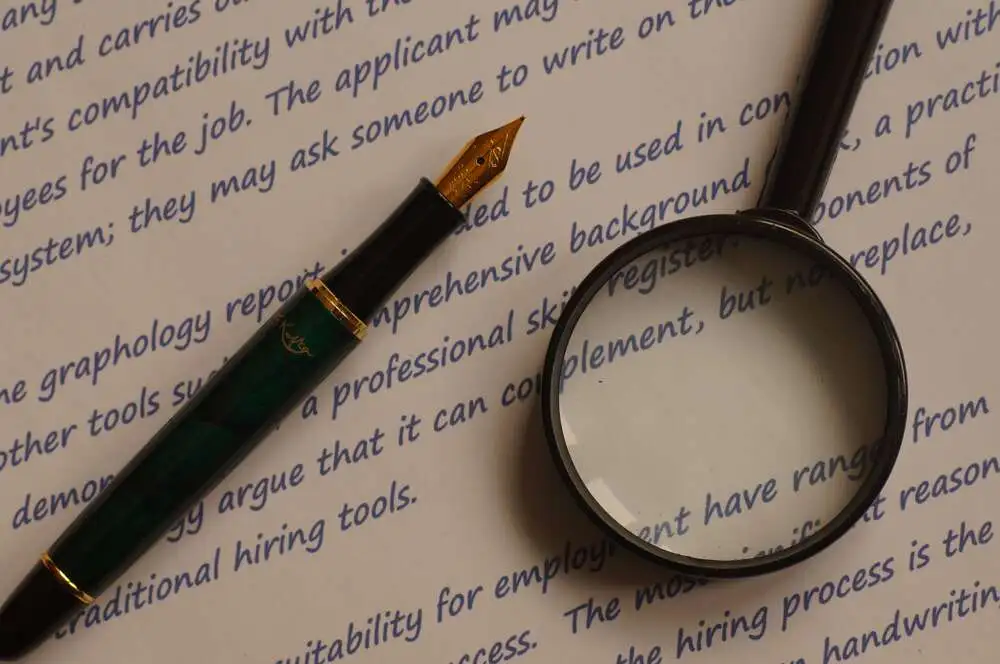
WHAT IS GRAPHOLOGY?
Graphology is the captivating study of handwriting. It explores the fascinating connection between a person’s writing style and their personality. Graphologists analyze various aspects of handwriting to reveal insights into an individual’s character traits, emotions, and behaviors. This field is used for personality assessments, recruitment processes, therapeutic purposes, and even forensic investigations.
- Introduction to Graphology: Dive into the fascinating history and fundamentals of handwriting analysis.
- Handwriting Dimensions: Explore the captivating details of size, slant, pressure, spacing, and form, and learn how each aspect paints a vivid picture of a person’s inner world.
- Personality Profiling: Master the art of decoding character traits and emotional states from handwriting, becoming a skilled interpreter of the written word.
- Practical Applications: Discover how graphology can be applied in various fields, from enhancing personal relationships to aiding in recruitment and forensic investigations.
- Hands-on Analysis: Engage in exciting real-life case studies and handwriting samples, honing your skills with practical, interactive exercises
Methods of teaching Graphology:
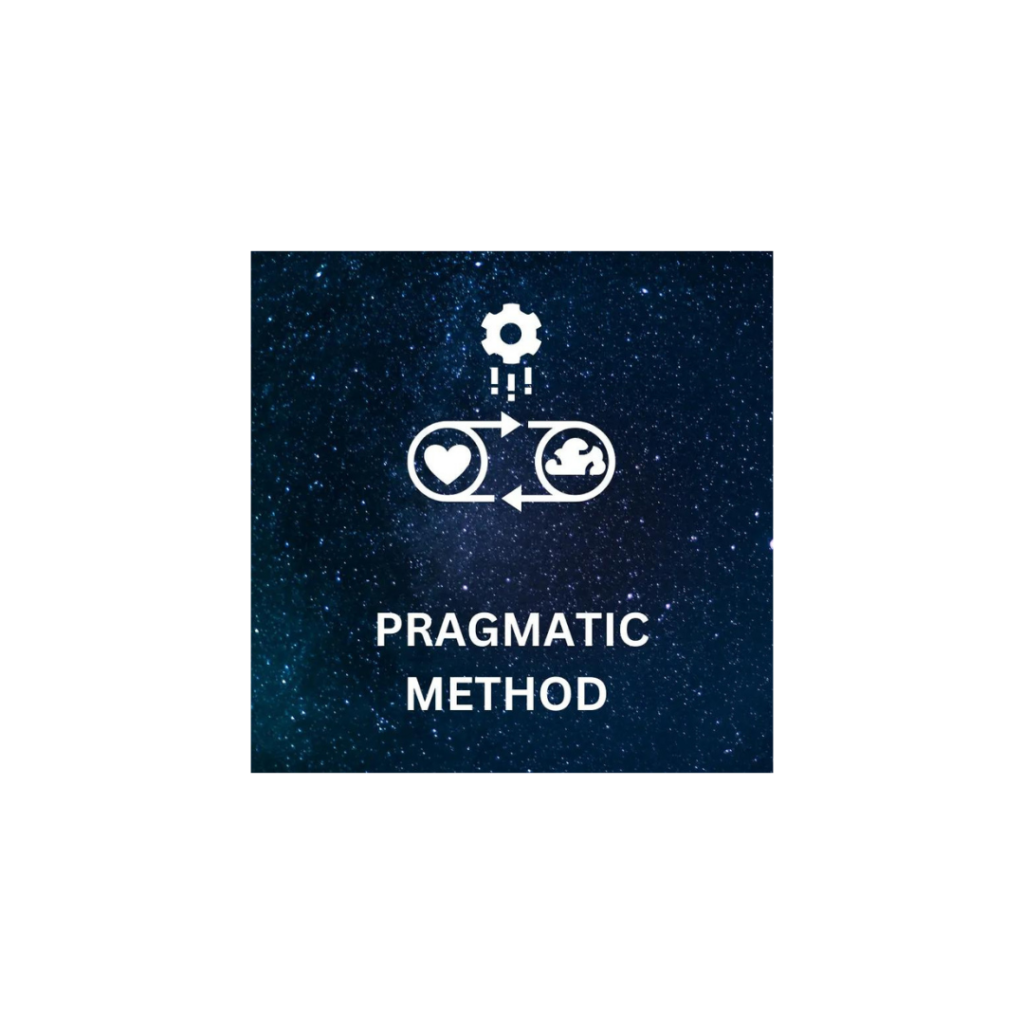


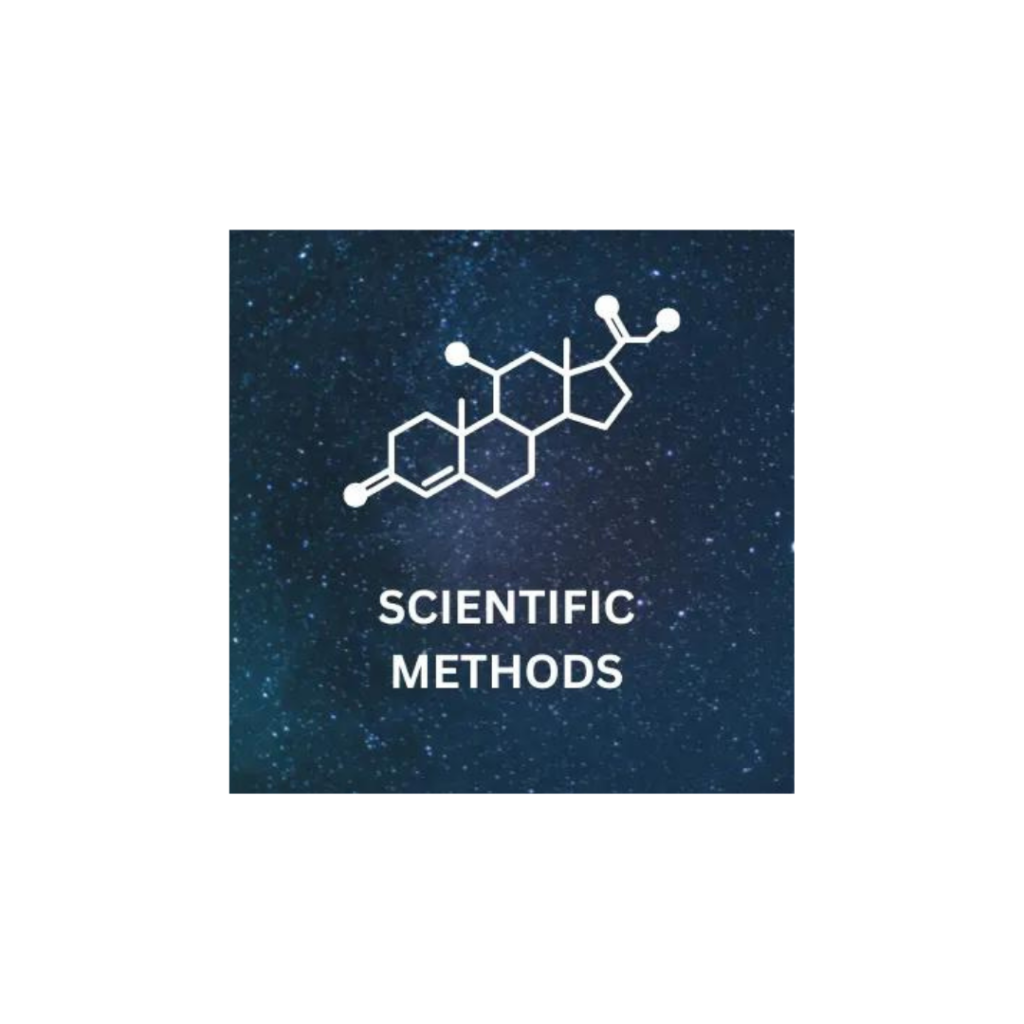
Methods of teaching Graphology:

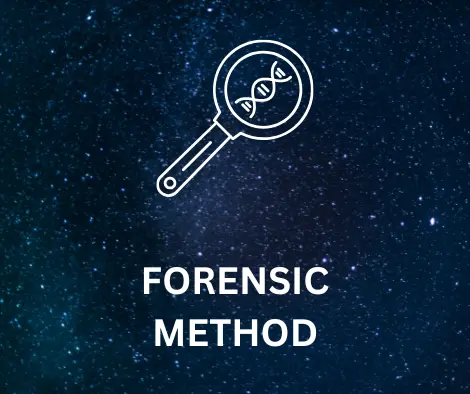
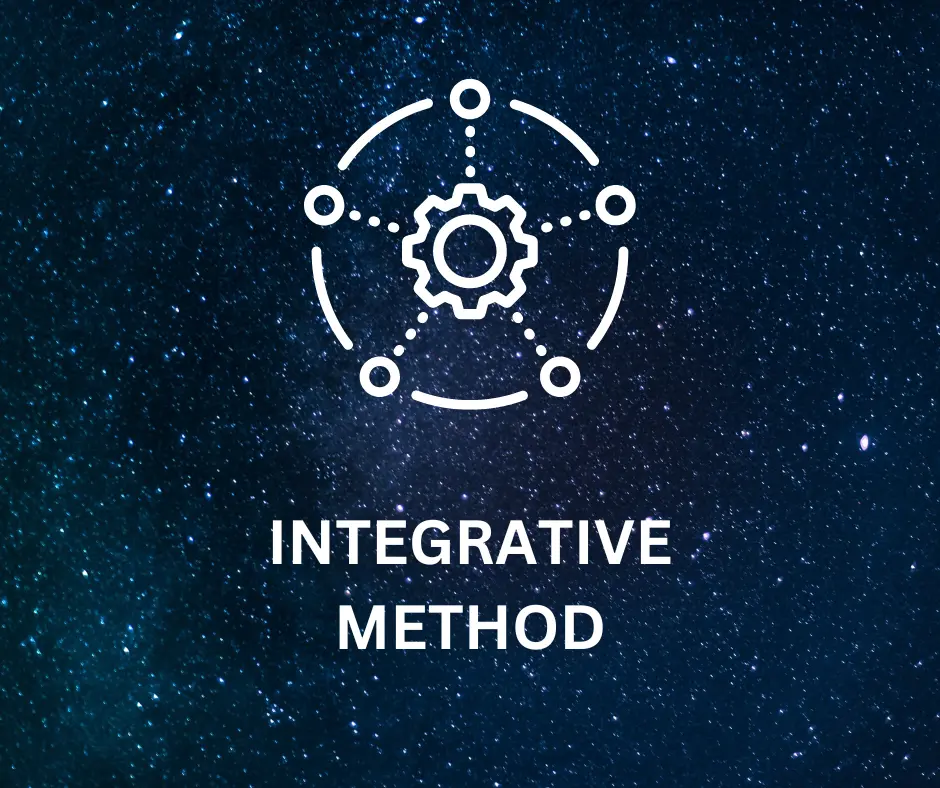

Benefits of Learning Graphology Course
- Improve Your Weakness.
- Understand others.
- Compatibility Analysis.
- Candidate Analysis Before Recruitment.
- Child development.
- Bank Fraud Detection/Criminology.

WHAT DOES OUR INSTITUTE PROVIDES?
Do you provide online classes?
Yes, our institution provides online classes.
How many students are there in a batch?
There are only 10-15 students in a batch. So, that each student can get personal attention.
How will I solve my doubts?
All your doubts will be discussed in the class itself. you can also ask your doubts in “Doubt clearing sessions” according to your time table.
How are the classes conducted?
Our classes will be conducted on a Mobile app supported to Android and IOS.
What if I missed my class?
Don’t worry! Recording of your live class gets uploaded on your mobile application within 4-5 hours after the class gets over, so that you can revise it anytime.
Do you provide Certificate?
Yes, You will be provided certificate after the successful completion of course (including examination), which is Valuable and recognizable all across the world.

WHAT DOES OUR INSTITUTE PROVIDES?
Do you provide online classes?
Yes, our institution provides online classes.
How many students are there in a batch?
There are only 10-15 students in a batch. So, that each student can get personal attention.
How will I solve my doubts?
All your doubts will be discussed in the class itself. you can also ask your doubts in “Doubt clearing sessions” according to your time table.
How are the classes conducted?
Our classes will be conducted on a Mobile app supported to Android and IOS.
What if I missed my class?
Don’t worry! Recording of your live class gets uploaded on your mobile application within 4-5 hours after the class gets over, so that you can revise it anytime.
Do you provide Certificate?
Yes, You will be provided certificate after the successful completion of course (including examination), which is Valuable and recognizable all across the world.
Why we are India's Best Institute
The Astrology Academy Of India
Discover the captivating stories hidden within handwriting.
Gain profound insights into human behavior and personality
Understand your loved ones on a deeper, more intimate level.
Open doors to a unique and specialized career path.
Offer your expertise to individuals and companies seeking personality insights.
Dive into the thrilling world of forensic investigations.

Why we are India's Best Institute
The Astrology Academy Of India
Discover the captivating stories hidden within handwriting.
Gain profound insights into human behavior and personality
Understand your loved ones on a deeper, more intimate level.
Open doors to a unique and specialized career path.
Offer your expertise to individuals and companies seeking personality insights.
Dive into the thrilling world of forensic investigations.

Explore other Course's

Vastu
Vastu is an old Indian investigation of architecture and structures that help make an appropriate setting or a spot to live and work in a most legitimate way.

Numerology
Numerology is the study of numbers in your day-to-day existence. Type of divination like astrology arrangements with associations among numbers and character qualities, occasions, and conditions.

Tarot
Tarot is a bunch of cards and the reading of these cards is Known as tarot card reading. A Tarot card reading course can help you have a blissful life by uncovering to you every one of the facts of life.

Vedic Astrology
Astrology is an ancient Indian science that clarifies planetary movements and positions for time and their impact on people and different substances on earth.

Palmistry
Palmistry, additionally called Chirology, is the magical specialty of perusing individuals’ palms to decide their fortunes and karma.

Reiki
It is a Japanese energy recuperating method. The prevalent type of Reiki rehearsed all through the present reality, otherwise called Usui reiki.

Reiki
It is a Japanese energy recuperating method. The prevalent type of Reiki rehearsed all through the present reality, otherwise called Usui reiki.

Numerology
Numerology is the study of numbers in your day-to-day existence. Type of divination like astrology arrangements with associations among numbers and character qualities, occasions, and conditions.

Tarot
Tarot is a bunch of cards and the reading of these cards is Known as tarot card reading. A Tarot card reading course can help you have a blissful life by uncovering to you every one of the facts of life.

Vastu
Vastu is an old Indian investigation of architecture and structures that help make an appropriate setting or a spot to live and work in a most legitimate way.

Graphology
Graphology is the investigation of how a person’s handwriting demonstrates their personal qualities. Also, it depends on the mental idea of ‘abnormality.

Palmistry
Palmistry, additionally called Chirology, is the magical specialty of perusing individuals’ palms to decide their fortunes and karma.

